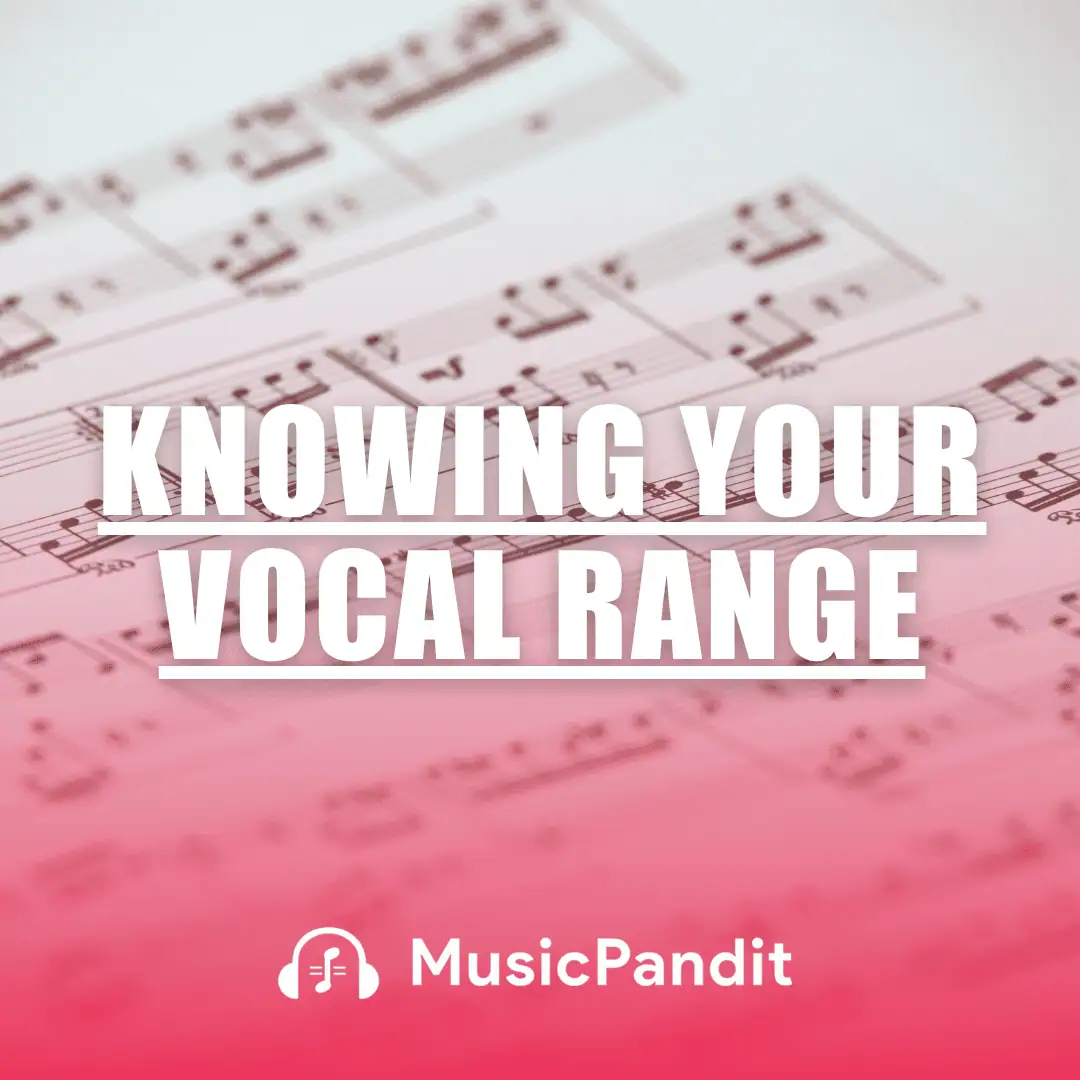Music is a universal language that communicates emotions, stories, and ideas. One of the most captivating elements in music is the solo. Whether it’s a singer’s heartfelt rendition or a guitarist’s electrifying performance, solos play a significant role in various musical genres.
This guide aims to provide young music students with a detailed understanding of solos, including their definition, importance, examples, benefits, and tips on performing them.
What is a Solo in Music?
The term solo comes from the Italian word for “alone.” In music, a solo refers to a piece or a section of a piece performed by a single musician, either entirely alone or with accompaniment. The performer of a solo is known as a soloist.
Also Read: Tips for Starting Your Solo Music Career
Importance of Solos in Music
Solos hold a special place in music for several reasons:
- Expression of Individuality: Solos allow musicians to showcase their unique style and interpretation, highlighting their personal connection to the music.
- Highlighting Technical Skill: Performing a solo often requires a high level of technical proficiency, enabling musicians to demonstrate their mastery of an instrument or voice.
- Emotional Impact: Solos can convey deep emotions, creating a powerful connection between the performer and the audience.
- Structural Function: In compositions, solos can provide contrast, introduce new themes, or offer a moment of reflection within a larger work.
Examples of Solos in Music
Solos appear across various musical genres and instruments. Here are some notable examples:
- Classical Music: Ludwig van Beethoven’s “Piano Sonata No. 14” (commonly known as the “Moonlight Sonata”) features a solo pianist throughout the piece.
- Jazz: Miles Davis’s trumpet solo in “So What” exemplifies improvisation and individual expression in jazz music.
- Rock: The guitar solo by Jimi Hendrix in “All Along the Watchtower” showcases innovative techniques and emotional intensity.
- Pop: Whitney Houston’s vocal performance in “I Will Always Love You” highlights her powerful solo singing abilities.
Benefits of Performing Solos
Engaging in solo performances offers several advantages for young musicians:
- Confidence Building: Successfully performing a solo can boost self-esteem and stage presence.
- Skill Development: Preparing for a solo encourages focused practice, leading to improved technical abilities.
- Artistic Growth: Solos provide an opportunity for personal interpretation, fostering creativity and artistic expression.
- Audience Connection: Solo performances can create a direct and intimate connection with listeners, enhancing the overall musical experience.
How to Prepare and Perform a Solo
Performing a solo can be both exciting and challenging. Here are some steps to help you prepare:
- Select the Right Piece: Choose a piece that matches your skill level and resonates with you emotionally.
- Learn the Melody and Rhythm: Practice the melody and rhythm accurately. Studying the harmonic structure can also help you understand the piece better
- Understand the Music: Analyze the structure, dynamics, and emotional content of the piece to inform your interpretation.
- Practice Regularly: Consistent practice is key. Focus on difficult passages and aim for both technical precision and expressive delivery.
- Seek Feedback: Perform for teachers, peers, or family members to gain constructive feedback.
- Manage Performance Anxiety: Develop strategies to handle nerves, such as deep breathing, visualization, or mindfulness techniques.
- Perform with Confidence: On the day of the performance, trust your preparation, stay focused, and connect with your audience.
Instrument-Specific Considerations
Different instruments present unique challenges and opportunities for solo performances:
Vocal Solos
- Technique: Proper breathing, diction, and vocal control are essential. Understanding that the vocal instrument is the entire body can help in developing better vocal techniques.
- Expression: Use facial expressions and gestures to convey the emotion of the piece.
- Health: Maintain vocal health through hydration, rest, and avoiding strain.
Also Read: The Importance of Vocal Breathing Exercises
Instrumental Solos
- Piano: Focus on hand coordination, dynamics, and pedal usage to convey expression.
- Guitar: Develop techniques such as fingerpicking, strumming, and possibly extended techniques to add unique sounds.
- Wind Instruments: Emphasize breath control, articulation, and phrasing.
- String Instruments: Pay attention to bowing techniques, finger placement, and vibrato to enhance expressiveness.
Related Musical Concepts
Understanding solos also involves familiarity with related terms:
- Tutti: A term indicating that all performers should play together, as opposed to a soloist playing alone.
- Soli: Refers to a small group of musicians performing a passage together, often used in orchestral settings.
- Concerto: A musical composition typically composed of three movements, where a soloist plays in contrast with an orchestra.
Conclusion
Solos are a vital aspect of music, offering performers the chance to shine individually and convey personal expression. By understanding the significance of solos, exploring various examples, and following effective preparation strategies, young musicians can enhance their performance skills and deepen their appreciation for this compelling element of musical artistry.
Explore Latest Music Articles














